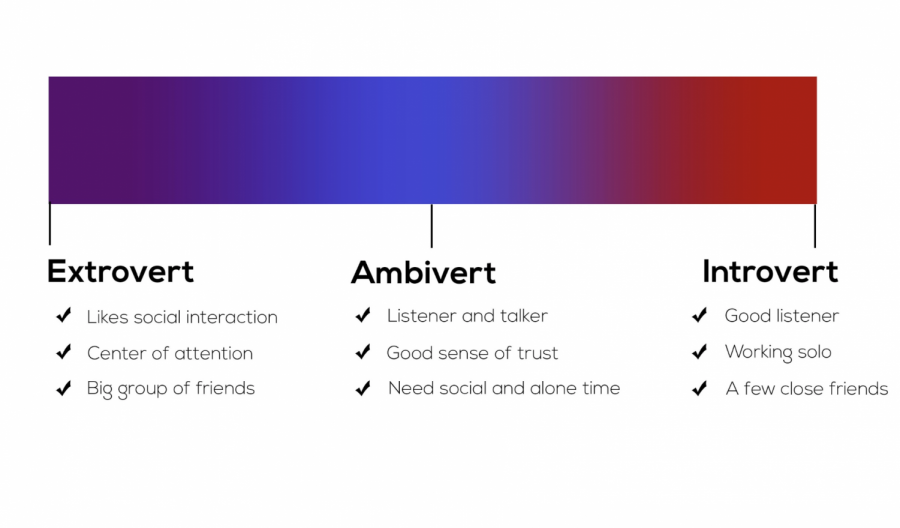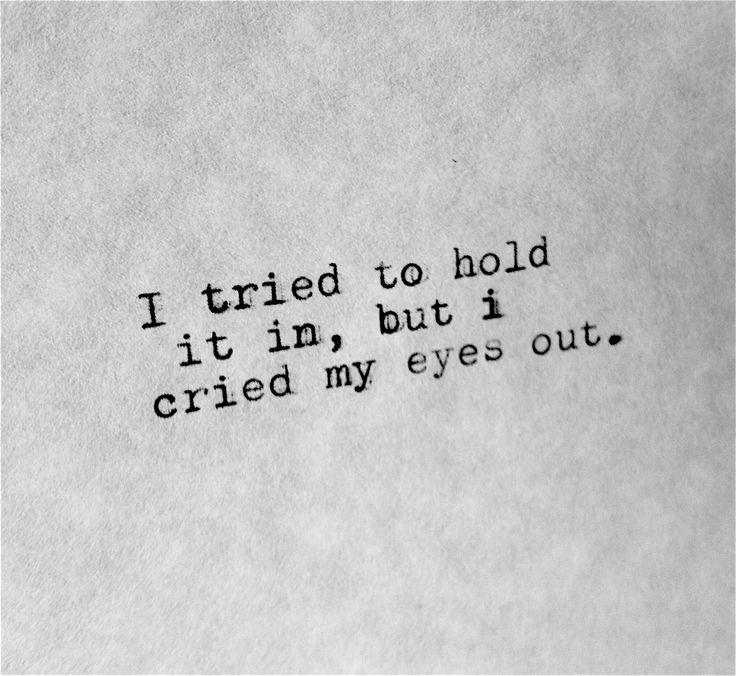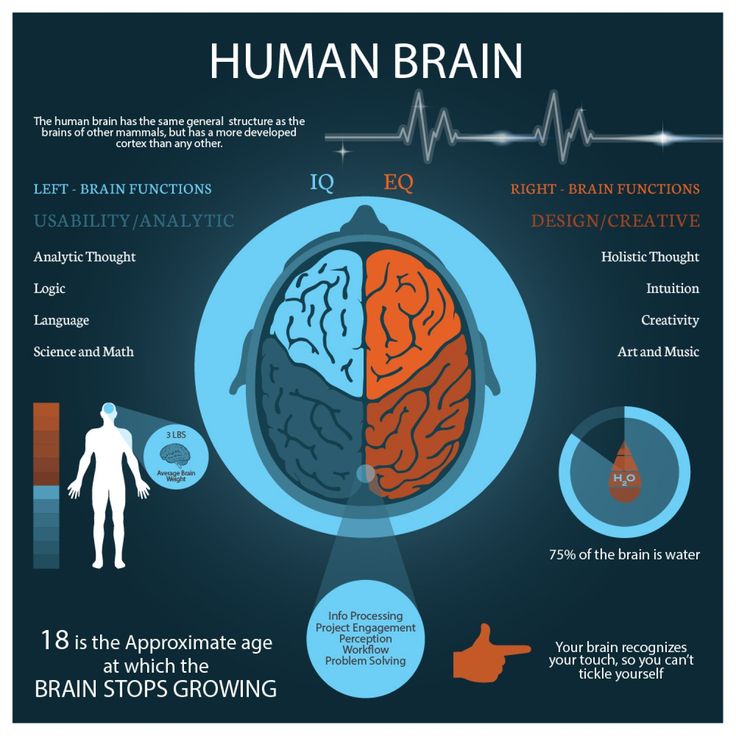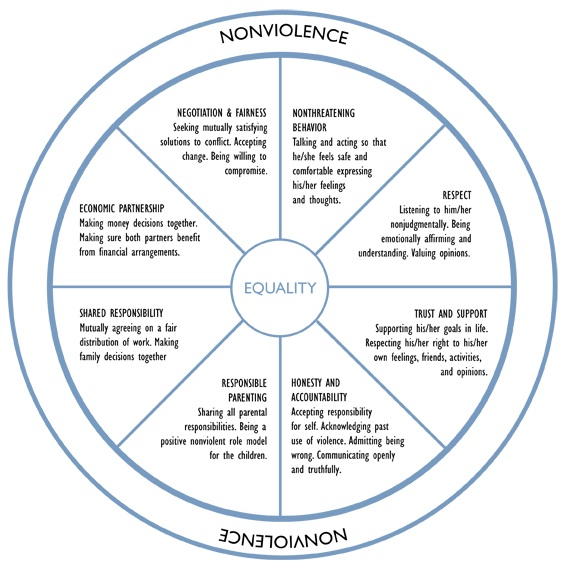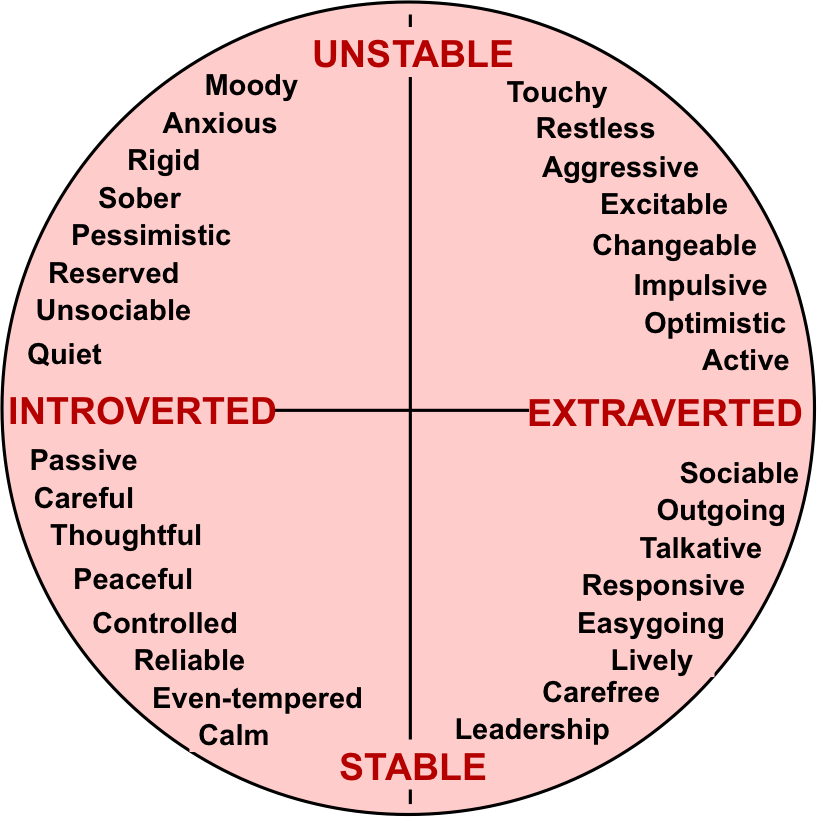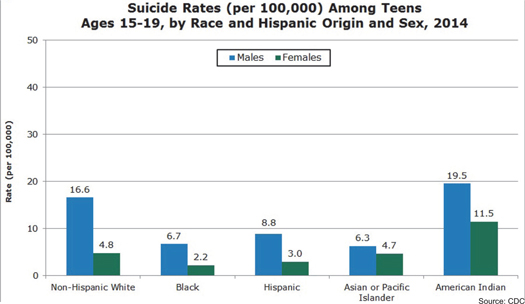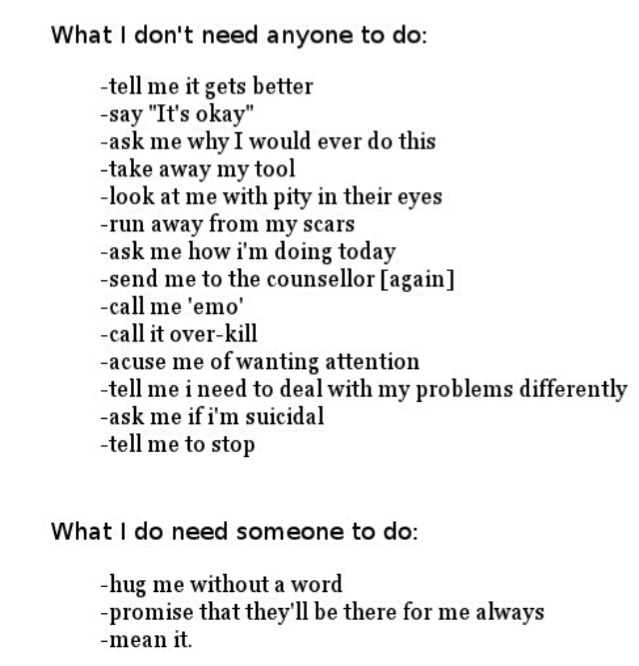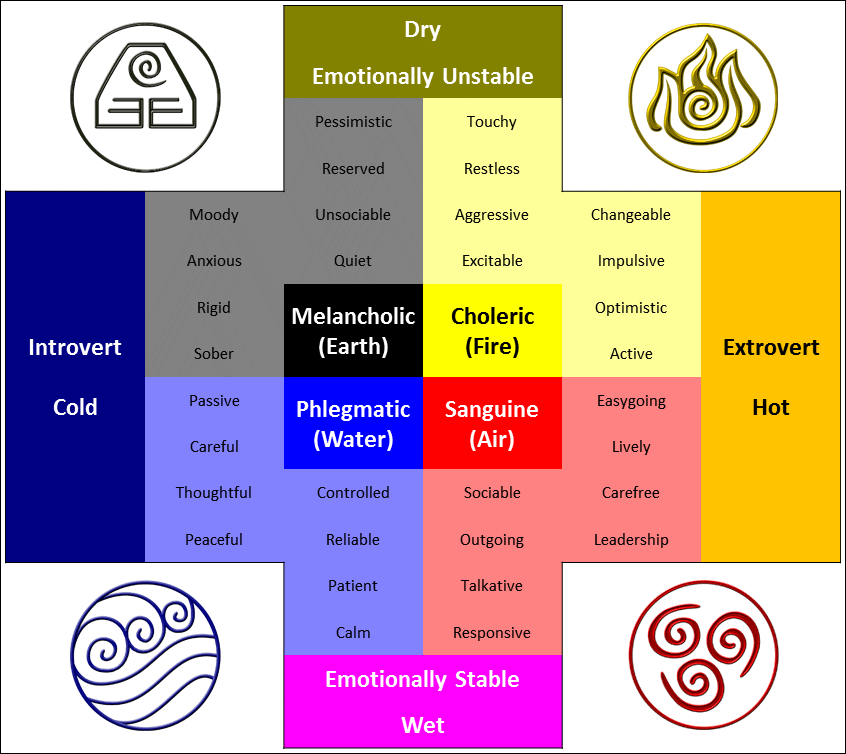The main therapeutic goal of rebt is to
What Is Rational Emotive Behavior Therapy (REBT)?
When it comes to drug and alcohol therapy, there are a number of different types of counseling, such as cognitive-behavioral therapy (CBT) and rational emotive behavior therapy (REBT) are two of the most common forms of therapy used. But, what exactly are these forms of therapy and how do you know if they are effective?
Let’s take a look at what happens during these forms of counseling and how they can help you or your loved one if you are struggling with substance use disorder.
Rational Emotive Behavior Therapy (REBT)
Before we begin looking at how this type of therapy can help, let’s take a look at how this type of counseling came to be.
History
In 1957, Albert Ellis published an article called “Rational Psychotherapy and Individual Psychology” where he set the foundation for what he referred to as rational therapy. The belief behind using rational therapy is that if the goal is to change certain dysfunctional psychological states, such as a depressed mood, we have to look at potential irrational beliefs that they have.
While this idea can be found prior to Ellis’ paper, he was able to accurately explain his viewpoint in a scientifically testable model. Eventually, this type of therapy evolved and changed names to rational emotive behavior therapy.
Overview
In general, REBT is an action-oriented psychotherapy that teaches patients to identify, challenge and replace “self-defeating beliefs with healthier ones that promote emotional well-being and goal achievement.”
REBT is an approach that is used to assist individuals in coping with and conquering adversity and achieving goals. During REBT, patients and clinicians will work together to address unhealthy attitudes and emotions such as depression, anxiety, guilt, and more as well as certain behaviors such as aggression or addiction, that can impact a person’s happiness and overall mood.
After identifying these attitudes and behaviors, REBT provides patients a number of methods to help them reformulate their beliefs into more sensible and helpful through a technique called disputing.
Overall, this type of therapy can help restore function and increase effectiveness at work and socially. It can also help with issues such as substance abuse disorder.
Methods
There are a number of different methods and techniques that clinicians deploy during their sessions. The main aim is obviously to change the way that clients think.
During treatment, patients are taught to dispute their irrational beliefs by teaching them how to accept themselves despite personal weaknesses that they may feel or notice.
Goals
There are a number of obvious goals that come with using rational emotive behavior therapy. The overall goal is to help patients develop a more positive outlook by restructuring these irrational thoughts and beliefs that they hold.
As REBT therapists work to restructure thoughts that will change the feelings or behaviors that a person may feel during therapy.
Obviously, there are a number of goals associated with REBT and these forms of therapy overall, however, how effective is this type of counseling? Is it worth it to pursue?
How Effective Is REBT?
When learning about different forms of therapy and treatment, it is important to seek out treatment that is evidence-based and proven to be effective in achieving the goals that it sets out for.
Findings suggest that REBT is a viable and comprehensive therapy method that has the “potential to promote emotional health and self realization at a societal and individual level.”
Other Forms Of Therapy
Along with REBT, many treatment centers will work to provide patients with the best forms of therapy to help them achieve and maintain long-term sobriety.
CBT
Cognitive Behavioral Therapy, or CBT, is one of the most commonly used and most effective forms of therapy to help treat behavioral and mental health issues, as well as addiction. In general, CBT is used to help people when it comes to their triggers. The overall goal of CBT is to help patients identify and overcome the triggers that they feel are contributing to their respective problems, whether it be depression, anxiety, substance abuse, or something else.
Cognitive-behavioral therapy is an approach that is used to help replace a patient’s negative triggers with positive ones that can help them improve these feelings and problems that they may be dealing with.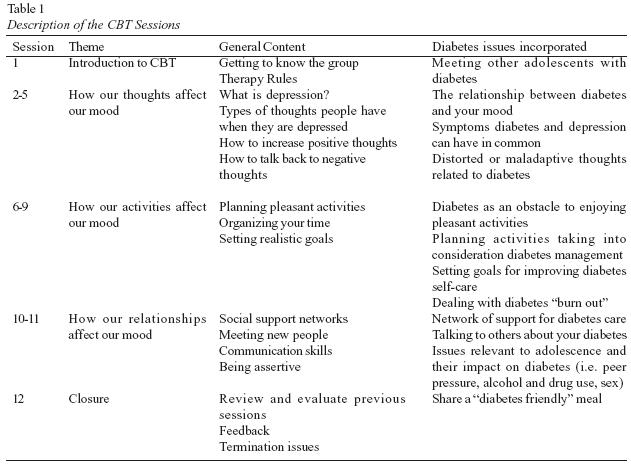
Overall, CBT is an effective form of treatment and if you are looking into treatment methods to help your loved one overcome addiction or some other problem related to mental health, you should ensure that the treatment facility that you are looking into utilizes a form of evidence-based treatment such as cognitive-behavioral therapy.
DBT
Along with cognitive behavioral therapy, dialectical behavioral therapy is another common form of counseling that is used to help people in certain situations. It should be noted that this form of therapy is generally used for people who are dealing with issues like suicidal thoughts, borderline personality disorder, and more.
During DBT, patients will learn things like social skills, dealing with stress, and having healthier interpersonal relationships. During these sessions, patients will work to develop these skills and strategies to help make them feel happier and more of a sense of worth.
Family Therapy
Cognitive-behavioral therapy, rational emotive behavioral therapy, dialectical behavioral therapy, all of these types of counseling are individual. While this method of therapy can be extremely effective in helping patients open their eyes to their issues, group counseling is another tried and true method that can help.
While this method of therapy can be extremely effective in helping patients open their eyes to their issues, group counseling is another tried and true method that can help.
One common form of group therapy that may be used during drug and alcohol treatment is family therapy. It should be no surprise that substance abuse disorder has a ripple effect that affects the entire family unit and loved ones, not just the user. During this type of counseling, families are put through a therapeutically guided process that was designed to assist and support families as they identify and share the impact of substance use from each person’s individual perspective.
This is meant to help the patient understand the reach and effect that their problem has had on their loved ones. Overall, the goals are to improve communication and restore family function.
There are a number of effective forms of therapy that clinicians can use during treatment to help patients learn how to overcome their substance abuse problems and stay on the road to recovery. Learning more about these different types of counseling will help you feel more prepared for when you go to treatment or when you send your loved one to get the help that they need.
Learning more about these different types of counseling will help you feel more prepared for when you go to treatment or when you send your loved one to get the help that they need.
Next Steps
If you are searching for a treatment center that can offer you or your loved one the quality care that you need to conquer addiction and substance abuse disorder, Landmark Recovery is one drug and alcohol rehab that can help.
At Landmark, our patients are put through a number of different forms of evidence-based treatments and therapies to give them the highest chance of success. Along with these forms of treatment, there are also things that Landmark offers to help patients with their respective problems. For example, Landmark can offer patients access to a medically assisted detox and can provide them with a discharge plan to help patients following their stay in our inpatient facility.
At Landmark, we will utilize therapies like CBT and REBT to help our patients learn how to overcome urges, avoid relapses, and stay committed to their recovery. If you are interested in learning more about Landmark Recovery and how our Louisville or Indiana drug rehab can help, please visit our website and reach out to our admissions team today.
If you are interested in learning more about Landmark Recovery and how our Louisville or Indiana drug rehab can help, please visit our website and reach out to our admissions team today.
What Is Rational Emotive Behavior Therapy? (+ REBT PDF)
Albert Ellis noticed a gap in therapy work and hypothesized that the thoughts people have and the way they think could be much more vital for understanding and treating clients than current therapies assumed.
His work left a marked impact on the therapy world and introduced a new type of therapy that contributed to the development of one of the most popular and effective forms of therapy available today.
In this piece, you’ll learn about the foundations, theories, and techniques of this groundbreaking therapy: Rational Emotive Behavior Therapy, or REBT.
Before you read on, we thought you might like to download our 3 Positive Psychology Exercises for free. These science-based exercises will explore fundamental aspects of positive psychology including strengths, values, and self-compassion, and will give you the tools to enhance the wellbeing of your clients, students, or employees.
This Article Contains:
- What is Rational Emotive Behavior Therapy? A Definition
- Theories Behind REBT
- REBT Exercises & Worksheets
- How REBT Relates to Positive Psychology
- A Take Home Message
- References
What is Rational Emotive Behavior Therapy? A Definition
As suggested by the scenario above, rational emotive behavior therapy (REBT) differed from the other mainstream therapies of its day, mainly in the importance it placed on discussing and adapting how clients think (Ellis & Dryden, 1987).
It may sound obvious today, but Ellis’ idea that the way we think has a significant impact on the way we feel was not a popularly held belief before he introduced his form of therapy.
Not only does REBT rest on the belief that the way we think influences our emotions and behavior, it attempts to help clients change the way they think to reduce negative symptoms and improve their quality of life (Albert Ellis Institute, 2014).
“People are not disturbed by things but rather by their view of things.”
Albert Ellis
As this quote from Ellis shows, Rational Emotive Behavior Therapy assumes that many people with emotional or behavioral problems struggle due to the way they perceive their experiences rather than simply the experiences themselves. REBT aims to facilitate change in core beliefs and thought patterns that will clients more effectively deal with their problems and improve their ability to function and feel in a healthy way (Dryden, David, & Ellis, 2010).
REBT also differs from other early forms of therapy in its focus on the present; in fact, according to Ellis, a common irrational belief is that our past has a significant influence on our present life (McLeod, 2015)! While our past does, of course, shape who we are today, it is an irrational belief if you feel you cannot escape your past.
The goal of Rational Emotive Behavior Therapy is best summarized as “disputing” – challenging and questioning our irrational and dysfunctional beliefs and replacing them with more sensible and functional beliefs.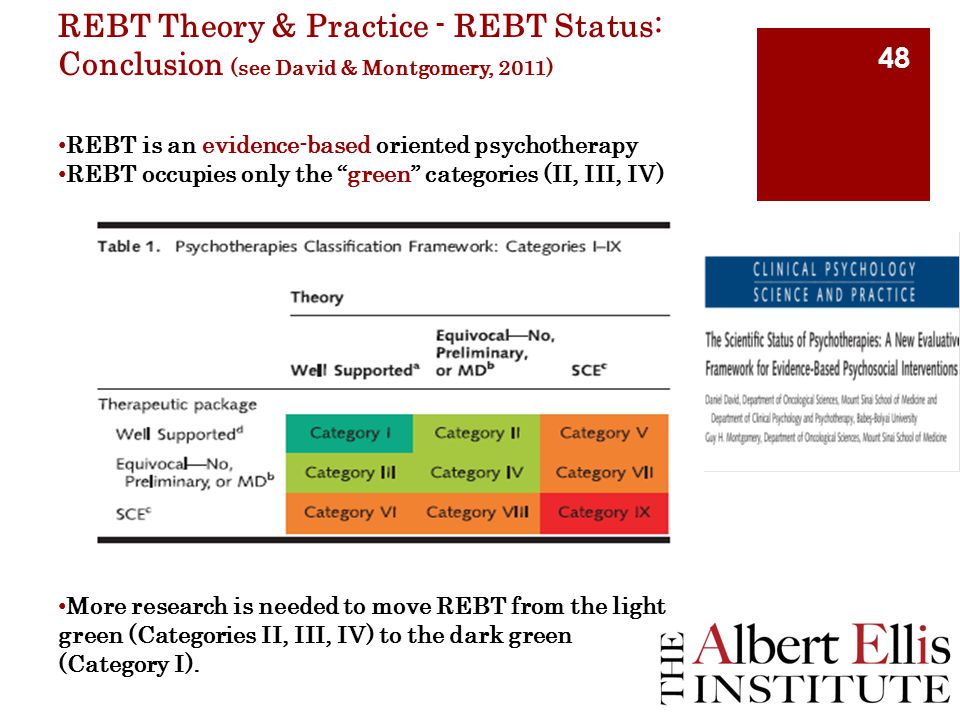 The result is not just changes in a few thought patterns or reducing some problematic symptoms, but a new perspective on life (Albert Ellis Institute, 2014).
The result is not just changes in a few thought patterns or reducing some problematic symptoms, but a new perspective on life (Albert Ellis Institute, 2014).
Theories Behind REBT
The theory underpinning this type of therapy is that humans are not entirely rational creatures (Taylor, 2016). This should go without saying, but sometimes we can use a reminder that humans are not simple computers that take an input, read it logically, and produce an appropriate output; rather, we are complex “computers” with an unfathomably large number of inputs, complicated and mysterious internal processes, and an unfathomably large number of potential outputs.
While it is (as far as we know) impossible to be entirely rational, Ellis believed that approaching our problems in a more rational way could have a significant impact on our negative emotions and dysfunctional behaviors (Albert Ellis Institute, 2014). The most important challenge to tackle on the road to rationality is our dysfunctional or illogical thinking.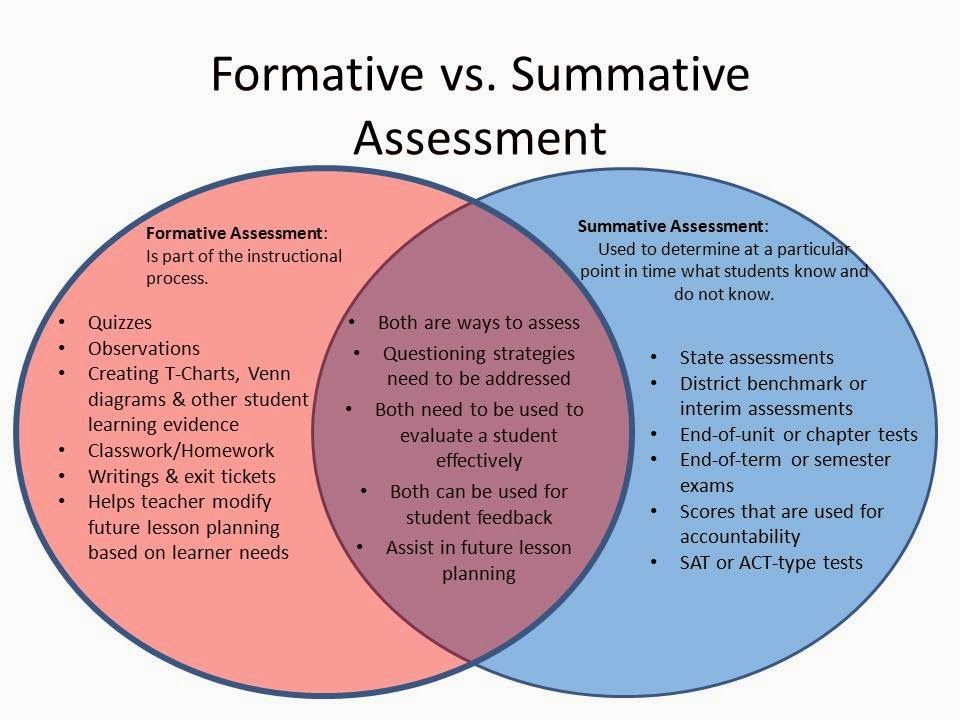
Ellis theorized that many of our emotional and behavioral problems spring from basic irrational assumptions or assumptions that are not totally grounded in reality and influence people to act in ways that are inappropriate, unhelpful, or even destructive (McLeod, 2015).
Based on this idea, Ellis developed a model to help explain, describe, and treat emotional and behavioral disturbances.
The ABCDE Model of Emotional Disturbance
Ellis hypothesized that irrational beliefs are the result of a person’s goals or desires being inhibited or blocked. When we don’t get or accomplish what we wanted to, we may develop irrational beliefs about ourselves or the world that help explain what happened (Ross, n.d.).
For example, imagine you are dead set on getting a job you applied for. You study up on the company, practice your interview answers, and make sure you’re looking extra sharp the day of the interview. Although you prepared extensively, the hiring manager decided to go with another candidate.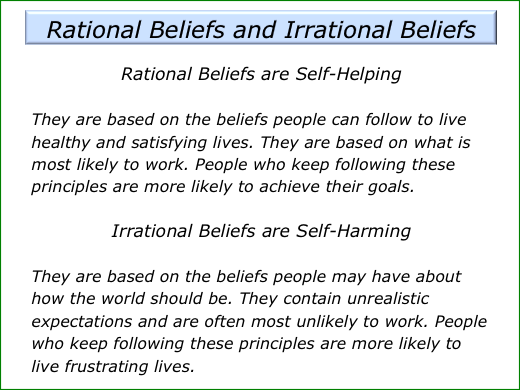
You may accept that this just wasn’t meant to be, or that you just weren’t the right fit for the job. However, you may also be heavily impacted by the decision and develop an irrational belief about why you didn’t get the job.
You might think, “I didn’t get this job because they can see that I’m a loser. I’m not good at anything and I never will be.”
Or, you might think, “The only reason I didn’t get this job is because the hiring manager had it out for me. It’s like the universe has it out for me!”
Both of these are thoughts that can help you explain why you didn’t get the job, but they are irrational and can lead to negative emotions and behavior down the road.
Using this scenario as an example, this is how the ABCDE model can explain the development (and the solution) of such problems (Ellis & Dryden, 1987):
A – Activating Event / Adversity
An activating event or adversity is something that triggers you to form an irrational belief, such as being turned down for the position.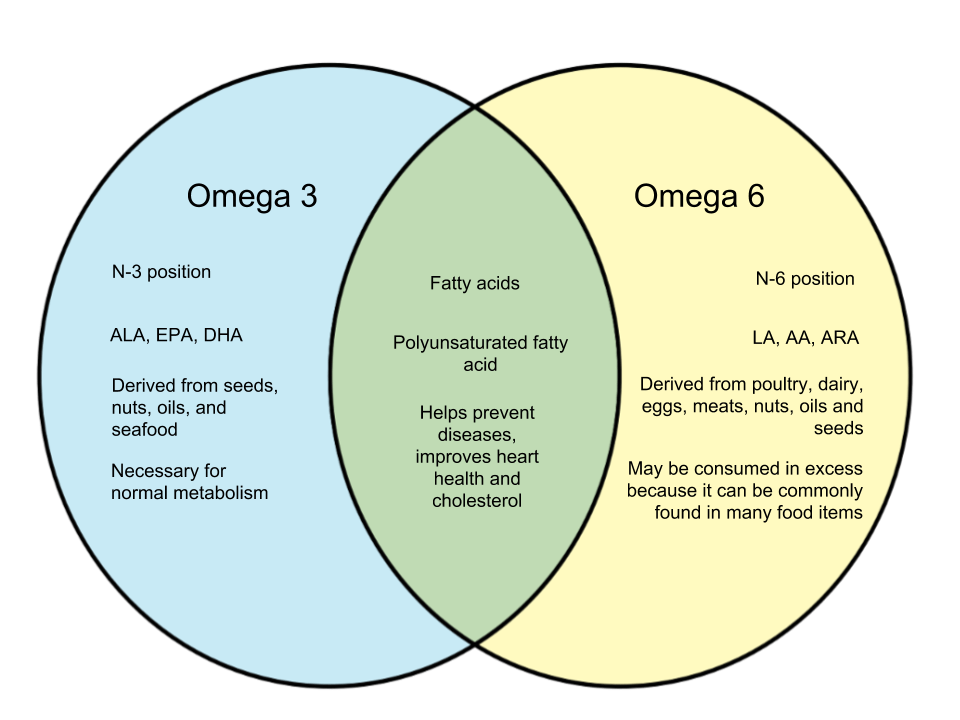 It is the first step in developing an irrational thought because the irrational thought is formed to help you deal with the event.
It is the first step in developing an irrational thought because the irrational thought is formed to help you deal with the event.
B – Irrational Belief
The “B” stands for the irrational belief that is formed in response to the activating event. This is a belief that you use to cope with the event, such as “I’m a loser, I’m useless, and I wouldn’t be able to do the job anyway.” While this is, of course, an incredibly hurtful thought, it can still be more comforting than having no idea why you didn’t get the job. Irrational beliefs are surprisingly easy to develop.
C – Emotional and Behavioral Consequences
The third component is the consequences of this irrational belief. Irrational beliefs always have consequences, sometimes emotional, sometimes behavior, and sometimes both. In this case, the consequences may be that you lose your self-confidence or frequently feel sad (emotional) and stop applying to any jobs (behavioral).
D – Disputes or Arguments
At some point, you may realize that you have an irrational belief that is causing you problems.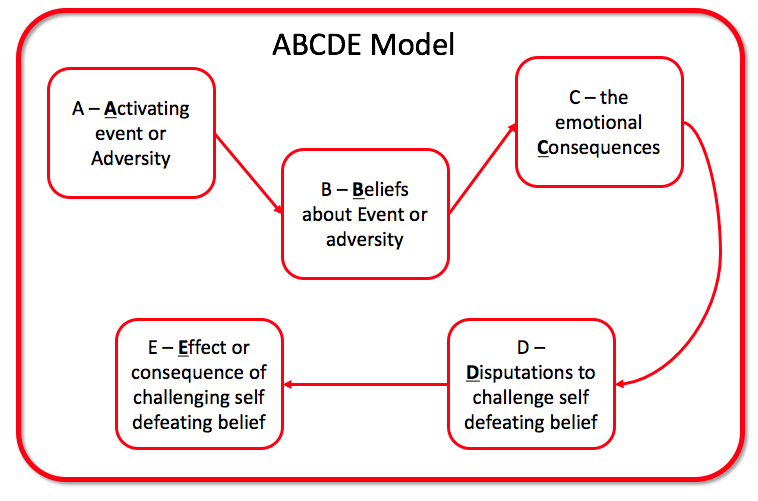 You notice your loss of self-confidence and negative thoughts about yourself and begin to argue against your irrational belief. If you’re working with a therapist, the therapist may help guide you in developing arguments against the belief and help you come up with evidence to the contrary, such as “I have an amazing spouse. My spouse wouldn’t be with a ‘loser’ so I must not be a loser.”
You notice your loss of self-confidence and negative thoughts about yourself and begin to argue against your irrational belief. If you’re working with a therapist, the therapist may help guide you in developing arguments against the belief and help you come up with evidence to the contrary, such as “I have an amazing spouse. My spouse wouldn’t be with a ‘loser’ so I must not be a loser.”
E – New Effect
When you have successfully countered the irrational belief, you will notice new (hopefully more positive!) consequences or effects. In our scenario, these effects might be increased confidence, applying to more jobs, and feeling good about your abilities. These effects are the positive outcomes of holding more rational thoughts, like “I just wasn’t a good fit for that job, but I’ll find another” or “Maybe the hiring manager really didn’t like me, but that’s her loss” (McLeod, 2015).
The ABCDE model can be extremely helpful in tracing the development of irrational thought and providing a high-level outline of how to challenge and replace it.
REBT Exercises & Worksheets
There are many exercises, techniques, and interventions grounded in Rational Emotive Behavior Therapy and CBT theory that therapists use in treatment. There are also many exercises that can be completed individually if you are not currently working with a therapist.
This is a very small selection of the many great exercises available, but they provide a good representation of the kinds of activities that can help identify, challenge, and adapt harmful or destructive ways of thinking.
Identifying and Challenging Irrational Beliefs
This is a commonly used exercise in Rational Emotive Behavior Therapy and CBT in general, as it gets to the root of the problem according to REBT theory: the irrational belief.
This “Dysfunctional Thought Record” worksheet will walk you through the exercise. It includes a structured journal format in which the client can record their irrational thoughts and look for patterns or commonalities to get to the source of their problems.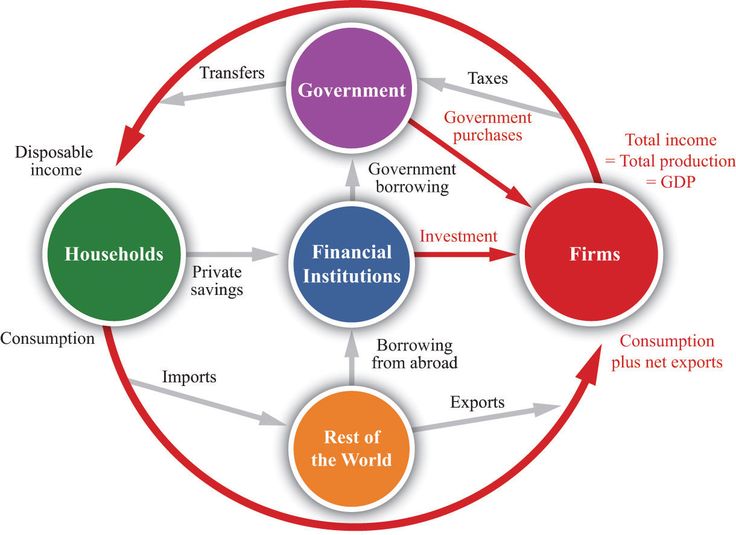
The worksheet is divided into seven columns and includes enough space to note multiple irrational or dysfunctional thoughts.
- In the first column, the client is to write down the date and time.
- In the second column, the client should describe the situation they were in.
- The third column is for writing down the automatic thought that arose.
- In column four, clients should note the associated emotions they felt.
- Column five is where the client should list any cognitive distortions that came up during this situation and automatic thoughts.
- In the next column, the client should brainstorm effective alternative thoughts that can fight the dysfunctional automatic thoughts.
- Finally, the seventh column is for writing down the outcome of the situation.
This exercise will facilitate the identification of negative, irrational beliefs and the development of effective arguments against these beliefs. Keeping a record of these thoughts can help anyone to organize their thoughts, connect their beliefs to their reactions, and discover potential patterns of irrational beliefs.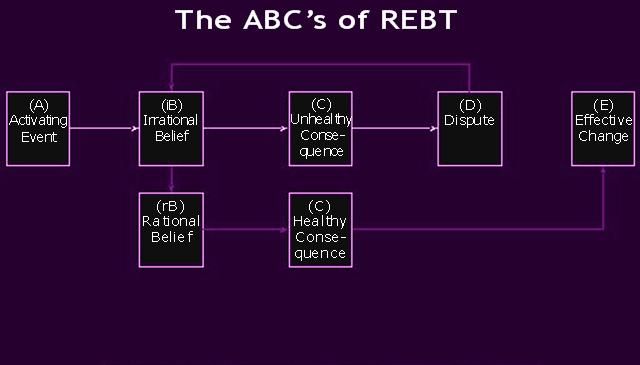
Consequences Analysis
This exercise can help clients recognize the consequences of their irrational beliefs about the things that are important to them. It can also assist the client in developing a solution that goes straight to the source instead of applying an emotional “Band-Aid” to their symptoms.
This “REBT Consequences Analysis” form can guide you or your clients through the exercise.
The first section of the worksheet is labeled “Target.” It directs the client to identify a salient issue or problem they are struggling with. In addition, it directs the client to think about what their most important goals or values are, and to write these down as well.
The second section is labeled “Short-term consequences.” This section gives the client space to write down the benefits (gains, pleasures, comforts) as well as the costs (damages, harms, losses) of continuing with their usual behavior. Once they have identified the benefits and costs, they can rate each area in terms of personal importance on a scale from 0 (lowest importance) to 100 (highest importance).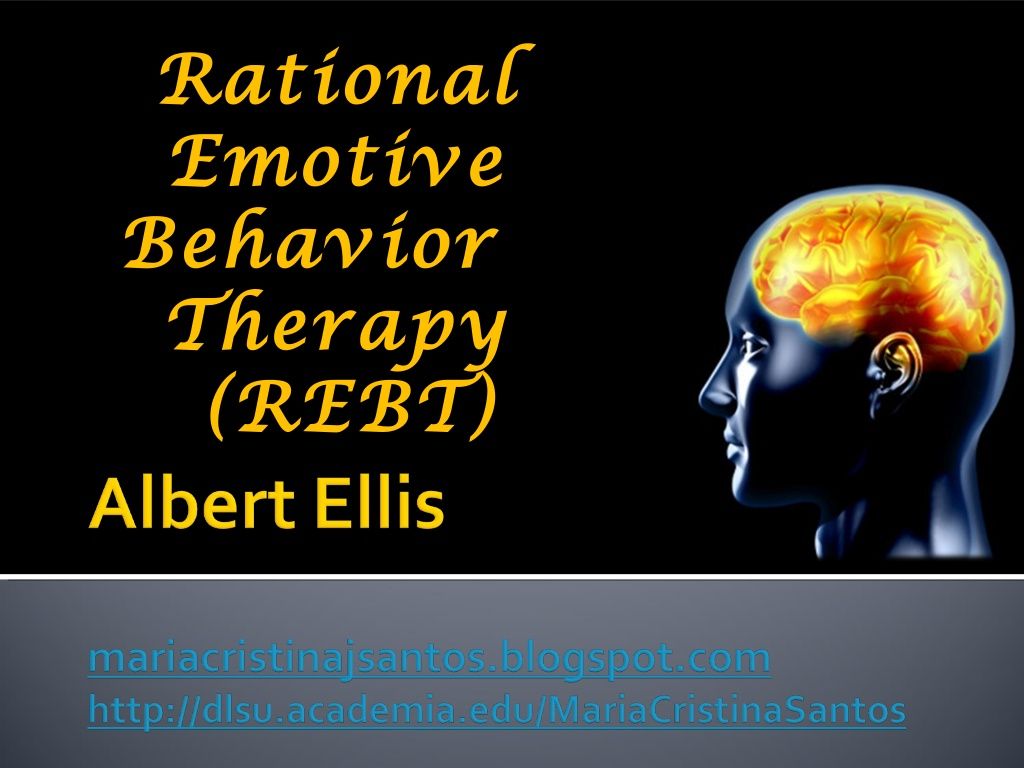
The third section is in the same format as the second section but focuses the client on long-term consequences instead of short-term consequences. Once again, clients are instructed to identify the benefits and costs of continuing with business as usual and rating the importance in these areas on a scale from 0 (lowest importance) to 100 (highest importance).
Finally, the worksheet asks the client, “What is the best outcome for you in the long-term?” Here, the client should consider the short- and long-term benefits and costs, and compare the expected consequences of continuing with their current thinking or behavior versus making some changes now.
Replacing Negative Beliefs with Positive Beliefs
This fundamental exercise helps clients confront negative and irrational automatic thoughts or beliefs. It encourages the use of reason and rationality to replace old, self-critical beliefs with new, more positive and more functional beliefs.
The Positive Belief Record worksheet can help clients complete this exercise.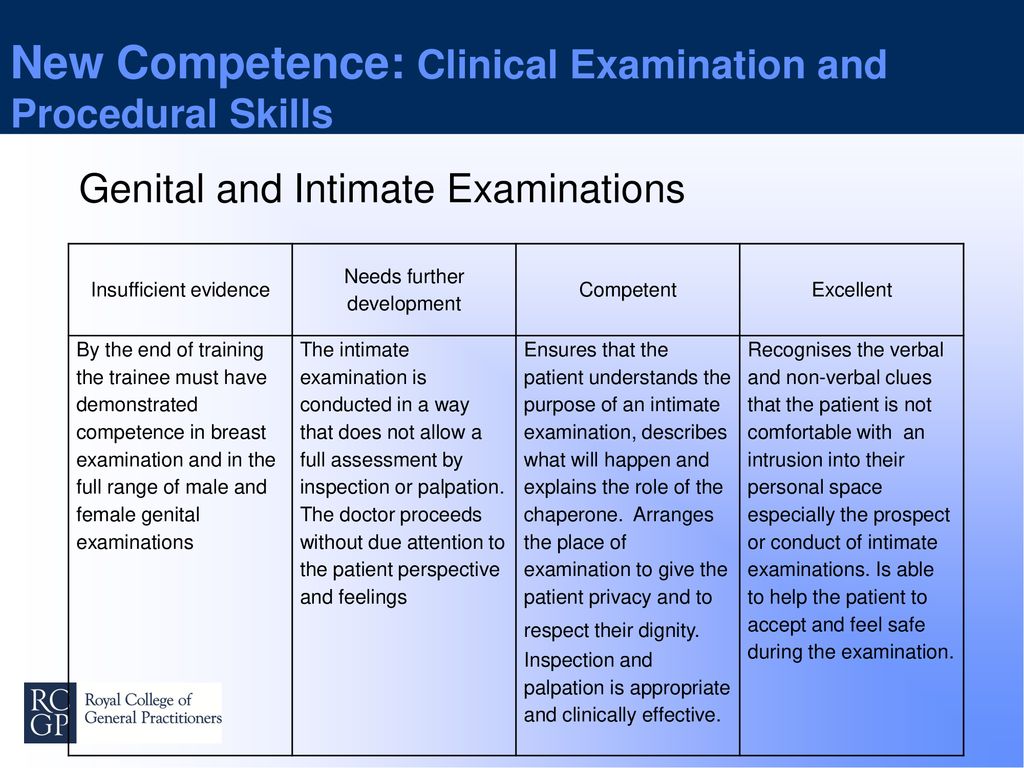
It’s an extremely simple and straightforward method of challenging one’s beliefs with a scientific approach.
At the top of the worksheet, the client will find two boxes where he or she can write down the old belief and come up with a new belief to replace it.
Underneath the two beliefs is the heading “Evidence that supports the new belief (or isn’t entirely consistent with the old belief.” As you probably guessed, this is where the client can list the evidence that challenges their negative, irrational beliefs.
Enough space is provided to write down 10 pieces of evidence that support the new belief, or call the old belief into question. This evidence can include experiences you have had, something someone else has said to you, or anything else you can think of that supports the new belief or sheds doubt on the old belief.
Problem Formulation
This is another exercise that uses a rational approach to connect a situation to the usual response that follows and compares the usual outcome to the outcome if a more positive response occurred.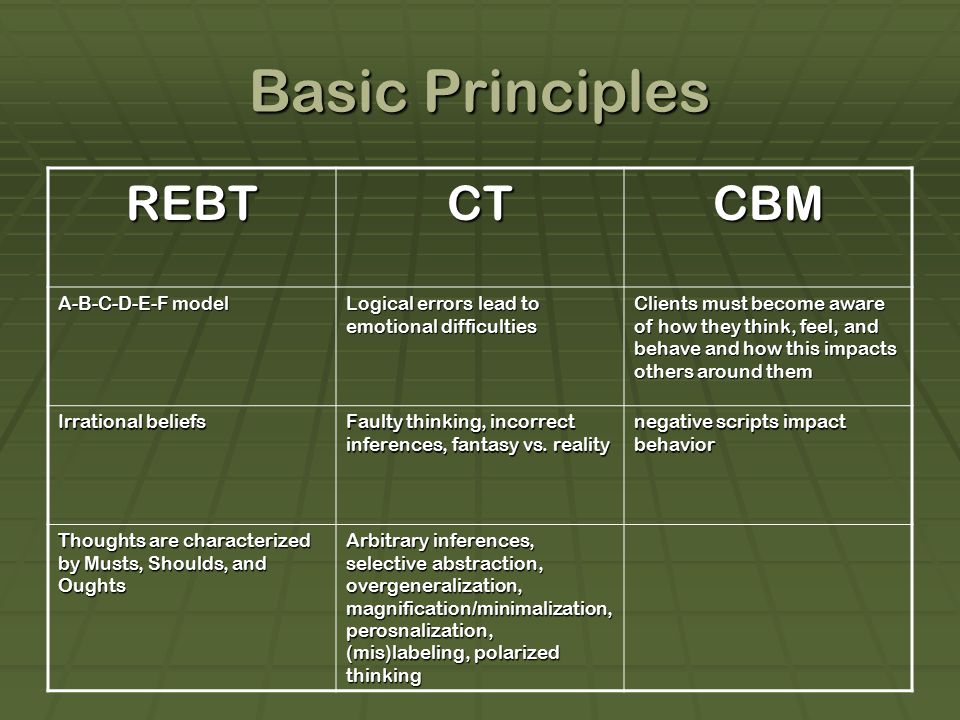
This worksheet outlines two types of emotional responses: unhealthy or problematic responses, and healthy (or target) responses.
In the first section, the client is instructed to identify and describe an activating event. This is an event that provokes an emotional response (the “A” in the ABCDE model). There are four subsections for the client to complete:
- Describe the situation.
- Isolate the critical factor (what it was about the event that affected you).
- Notice and accept bodily sensations.
- Invent a symbol/metaphor for the experience (one that explains how it felt).
Next, the client will describe the problematic response that follows this activating event (“B” and “C” in the ABCDE model).
The client is instructed to name the emotion, then list the thoughts and images associated with it (i.e., what was happening in your mind during the event?) and the actions and intentions that followed (i.e., how you reacted or wanted to react).
Finally, the client should describe what the healthy response would look like for him or her (the “E” in the ABCDE model).
The first component of the healthy response is the target emotion. Once the client has identified the target emotion, he or she should list the cognitive objectives (i.e., how the client would need to think in order to feel this emotion) and the behavioral objectives (i.e., what the client would need to do in order to feel this emotion).
This worksheet can help guide clients through a comparison of these two types of responses and help them recognize what a healthy response is. It can also help clients develop a plan to make the healthy response their default.
Finally, we have an additional article focusing on REBT techniques, exercises, and worksheets that you may find useful.
How REBT Relates to Positive Psychology
While Rational Emotive Behavior Therapy was developed long before positive psychology arrived on the psychology scene (around 1998-99), they share many of the same goals and areas of focus.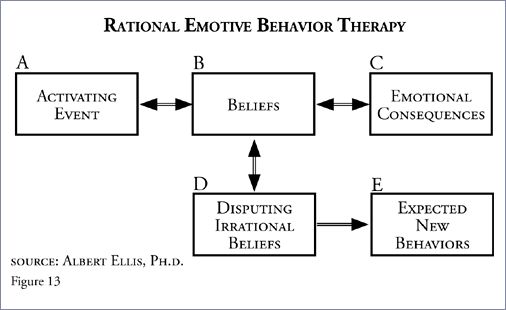 Of course, there are some areas of disagreement between the two, such as the strict focus on rationality in REBT versus the importance many positive psychologists place on feelings or even intuition, but in general, they fit together quite well.
Of course, there are some areas of disagreement between the two, such as the strict focus on rationality in REBT versus the importance many positive psychologists place on feelings or even intuition, but in general, they fit together quite well.
Upon review of Rational Emotive Behavior Therapy and positive psychology, it turns out they have a lot in common:
- They both focus on removing or challenging the negative.
- They both place great importance on not only removing the negative but also on replacing the negative with positive.
- They both assume that people are competent and capable, and rely on guiding people through the process of finding better options for themselves and choosing the positive.
- They both recognize the vital importance of how people think, rather than focusing only on what they think.
- The ultimate goal for both REBT and positive psychology is to help people live better, more fulfilling, and happier lives.
Most importantly, even though there are theoretical differences and disagreements, they are not mutually exclusive. A client or practitioner in Rational Emotive Behavior Therapy will likely find much support and encouragement in positive psychology, and many positive psychologists recognize the importance of therapies like REBT and CBT.
A client or practitioner in Rational Emotive Behavior Therapy will likely find much support and encouragement in positive psychology, and many positive psychologists recognize the importance of therapies like REBT and CBT.
It would not be incongruent to find a form of therapy that draws from both Rational Emotive Behavior Therapy and positive psychology.
Ultimately, any theoretical or philosophical differences between Rational Emotive Behavior Therapy and positive psychology are not really relevant, since they share the goal of improving lives by enhancing positive emotions, positive thoughts, and positive behaviors.
A Take-Home Message
Hopefully, this piece has given you a useful introduction to the world of Rational Emotive Behavior Therapy. Although Rational Emotive Behavior Therapy was developed several decades ago, it is still in use by psychologists and therapists around the world, and it helped lay the foundations for subsequent therapies that target the client’s cognition.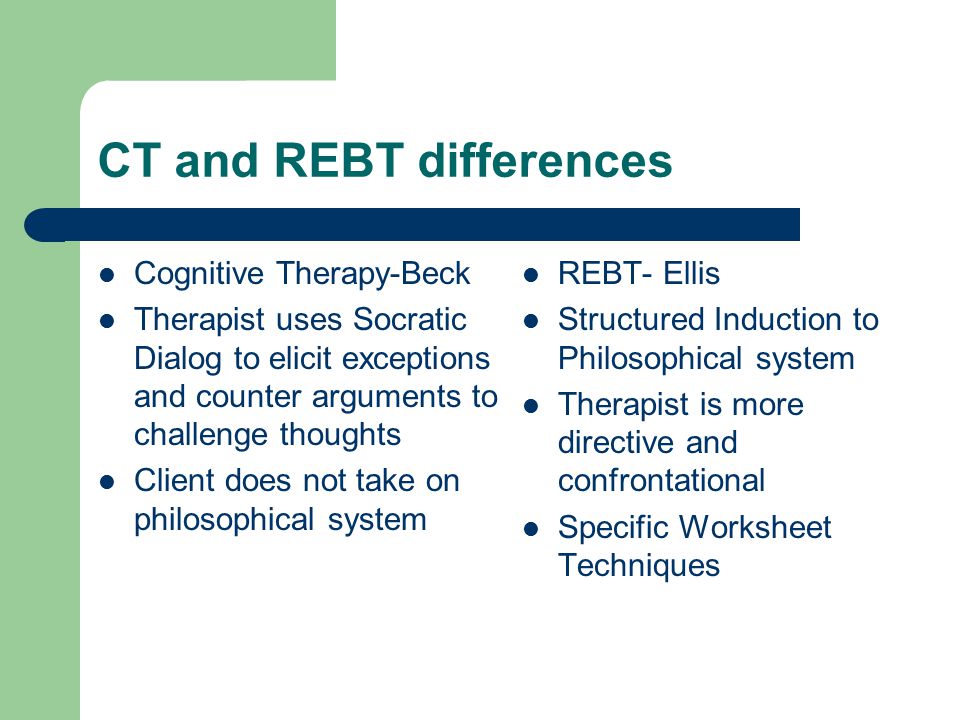
Rational Emotive Behavior Therapy remains an effective method for helping people challenge their dysfunctional thoughts, encouraging them to use reason to approach their problem-solving, and replacing their negative beliefs with new, positive, and life-enhancing beliefs.
If you would like to expand your knowledge even more, here are 18 Behavior Therapy Degrees, Certifications, & Training Courses to consider.
Have you ever tried Rational Emotive Behavior Therapy? Would you? What are your thoughts on this type of therapy? Let us know in the comments!
Thanks for reading!
We hope you enjoyed reading this article. Don’t forget to download our 3 Positive Psychology Exercises for free.
- Albert Ellis Institute. (2014). Rational Emotive & Cognitive-Behavior Therapy. The Albert Ellis Institute. Retrieved from http://albertellis.org/rebt-cbt-therapy/
- Dryden, W., David, D., & Ellis, A. (2010). Rational emotive behavior therapy. In K.
 S. Dobson (Ed.), Handbook of cognitive-behavioral therapies (3rd ed., pp. 226-276). New York, NY: Guilford Press.
S. Dobson (Ed.), Handbook of cognitive-behavioral therapies (3rd ed., pp. 226-276). New York, NY: Guilford Press. - Ellis, A. & Dryden, W. (1987). The practice of rational emotive therapy. New York, NY: Springer Publishing Company.
- McLeod, S. (2015). Cognitive-behavioral therapy. SimplyPsychology. Retrieved from https://www.simplypsychology.org/cognitive-therapy.html
- Ross, W. (n.d.). What is REBT? REBT Network. Retrieved from http://www.rebtnetwork.org/whatis.html
- Taylor, M. J. (2016). Rational Emotive Behavior Therapy (REBT), irrational and rational beliefs, and the mental health of athletes. Frontiers in Psychology, 7.
Health Image Technology
Diabetes mellitus, one of the most common diseases of the endocrine glands, is associated with an insufficient amount of insulin or its complete absence in the human body. Diabetes is still an incurable disease that can lead to complications and disability in a child.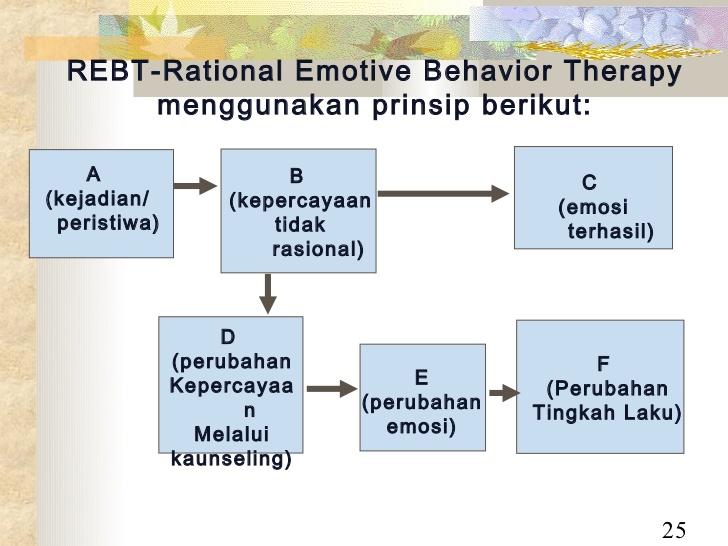 It requires a special system of insulin therapy (up to five injections per day), a special diet and rest.
It requires a special system of insulin therapy (up to five injections per day), a special diet and rest.
Our acquaintance with children with diabetes occurred in 2010 during a social action for children and parents of the art studio "Blue Bird" of the department for the development of the content of additional education. The meaning of the action was to realize the desire of children and parents to help children who are being treated at the children's hospital, to do something pleasant and useful for them. Souvenir products were created by the efforts of the children, which were sold and art materials were bought with the proceeds for art therapy classes with children being treated at the endocrinology department of the regional children's clinical hospital. nine0003
The creation of some technology that would allow the guys to adapt to their condition and minimize the consequences of the disease became obvious. During 2011-2012, the educational technology of art-therapeutic rehabilitation was tested in practice, repeatedly underwent additions and clarifications.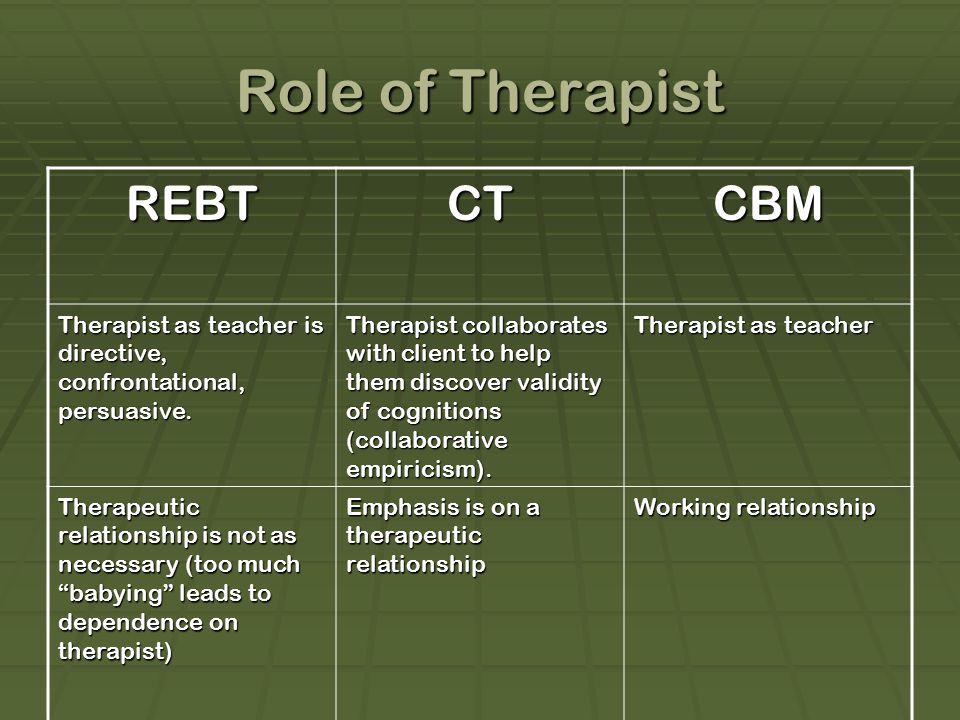
The theoretical and methodological basis was the biopsychosocial model of the development and treatment of diseases, the domestic psychological concept of the internal picture of the disease, organically included in the personality-oriented approach, as well as the model of clinical systemic art therapy (CAT) by A.I. Kopytina (2010, 2011). Although the CAT model was first used and comprehensively studied in psychiatric institutions when working with adults, we made an attempt to adapt it to the conditions of a children's clinical hospital. At the onset of the disease in children, there are states of increased anxiety, fear, and despair. Parents have an increased responsibility for the life of the child. Sometimes a child begins to manipulate his parents, blackmails his condition, seeking some benefits for himself. Parents have a great information hunger in connection with the identified disease in a child - what it is and what to do now. Problems arise with schools where either the child's illness is completely ignored, the same requirements are imposed on him as for all children, or the school administration begins to insist on homeschooling the child.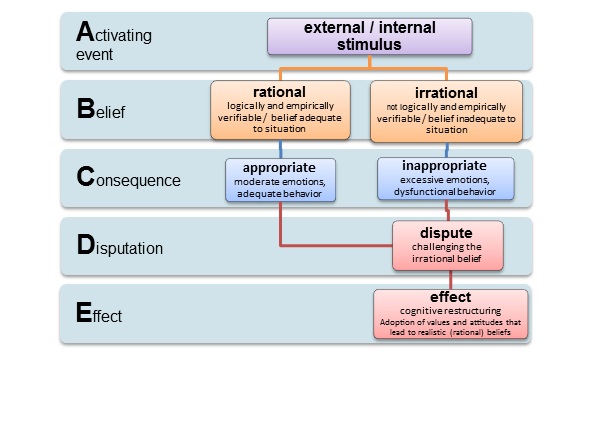 nine0003
nine0003
Target audience: children from 5 to 18 years old, the number of children in a group is from 4 to 8 people. The program is designed taking into account the fact that each child is treated in a hospital twice (three times) a year and, accordingly, can take part in the rehabilitation program.
The main goal of is the discovery by the child of the internal resources of his health; the formation of a strong desire to live a full life; strengthening the motivation to seek help within oneself. nine0003
The work was based on such art-therapeutic technology as a metaphor. It is very difficult for children, due to their age, to analyze their condition, and adolescents do not want to do this, because they are afraid of their future. Therefore, the entire art therapy process was carried out through work with images through a metaphorical dialogue between the teacher and the child. The metaphorical world is thinner and brighter than the empirical world, it is easier to change it, and this world is very clear to both children and adolescents.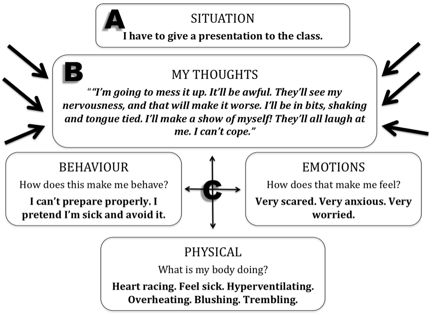 Children often speak in the language of metaphors. Any image can be both brought closer to oneself and separated from oneself, distanced from it. In each created image, the child puts his own, only understandable and close meaning to him. Therefore, all actions with the image in the process of training have a therapeutic effect if the main goal of creating this image is kept. nine0003
Children often speak in the language of metaphors. Any image can be both brought closer to oneself and separated from oneself, distanced from it. In each created image, the child puts his own, only understandable and close meaning to him. Therefore, all actions with the image in the process of training have a therapeutic effect if the main goal of creating this image is kept. nine0003
Interaction with specially selected art materials will first allow you to "revive" hidden, unconscious, disturbing thoughts and feelings in the form of images, and then comprehend them in the form of internal resources. Work with artistic images contributes to the achievement of a non-drug therapeutic effect, the solution of existing psychological problems.
The program consists of four blocks , which can be combined in one or more art therapy sessions, depending on the current condition of the child, the time of his stay in the hospital and the severity of his illness. nine0003
The first block consists of incoming diagnostics, the Silver drawing test or the Draw a story test is used.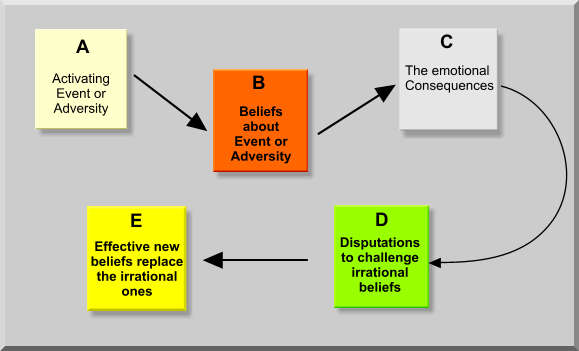 The main thing at this stage is to tell parents and children about the importance and significance of art therapy rehabilitation and motivate them to further interact with art materials.
The main thing at this stage is to tell parents and children about the importance and significance of art therapy rehabilitation and motivate them to further interact with art materials.
The second block is the creation of the picture "My illness". The main task of the block is a clear separation of the image of "I" and the image of the disease. The child is invited to draw his illness. My disease is not "I" sick. This is where the disease separates from itself. The image of the disease should look like what his child represents. It can be a drawing consisting only of color spots, a drawing is an abstraction, a drawing with real images. The main thing is to get some kind of external image separated from his “I”, which will allow the child to manipulate and control him. The art therapist sets up the child to create a drawing, but in no case should any examples be given. Any voiced examples can only alienate the child from the image of his illness. Calmly but persistently, the art therapist offers to pick up a brush, dip it in water and pick up the paint that your hand reaches for.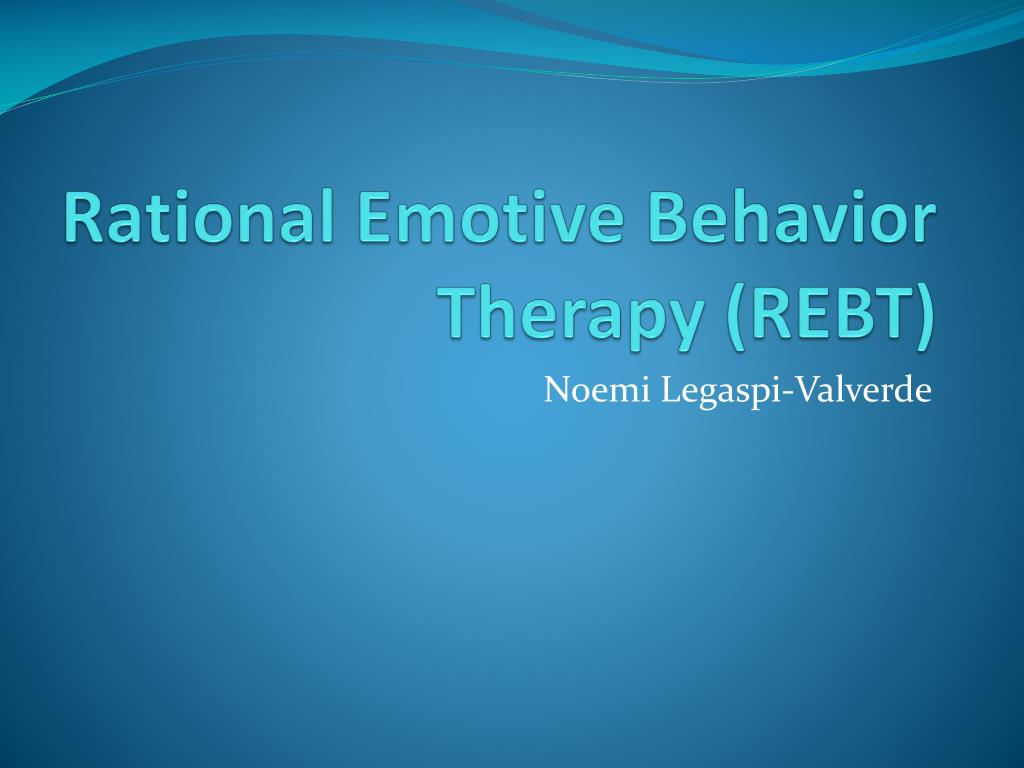 The hand "knows" what to do. nine0003
The hand "knows" what to do. nine0003
On the finished drawing, the surname, first name of the draftsman, his age are recorded in the lower right corner, the date is put down and the name of the drawing is given. The child describes what is drawn on the sheet, his feelings and feelings that the created image evokes. Everything that he says, the art therapist writes down in the free space of the created drawing.
The third block is the creation of the drawing “I am healthy”. The main task at this stage is to combine the image of health and the image of "I". Previously, the child created an image of the disease and answered the main question: “What does my disease look like?”. The main question of the third block: "what do I need to change to be healthy?". An art therapist helps children and adolescents first feel, then understand, then make positive changes in their drawing and, finally, “try it on”, accept themselves as healthy. nine0003
Children can draw, making positive changes, creating an image of themselves healthy, both in the finished drawing (“My illness”), and creating a new one. The fourth block - final diagnostics is carried out according to the methods of the first block, changes in the image of "I" are determined. The child is thanked for his work, sincerity and courage. We can say a few parting words that now he himself knows how to cope with the disease. The main thing is not to close yourself in your illness, be open to new things, take an active life position and have an optimistic outlook on the future. A child's awareness of his own responsibility for his health, the development of a responsible attitude to life - is the main result of using the technology of the image of health. Project results. English and other languages Here's how to organize a #KidsDrawPeace4Ukraine global art project featuring Ukrainian refugee children who have taken refuge in your area and whom you can find through local news, schools, charities and your city hall. This first phase is ongoing (description in English).  The task of an art therapist is not to insist, but to listen to the child and lead him into the world of positive changes, into the world of coping with the disease, into the world where the child and teenager can be successful and in demand. It is important to create an effective component of the “I am healthy” image; the child writes some plan of his own actions to preserve this image. nine0003
The task of an art therapist is not to insist, but to listen to the child and lead him into the world of positive changes, into the world of coping with the disease, into the world where the child and teenager can be successful and in demand. It is important to create an effective component of the “I am healthy” image; the child writes some plan of his own actions to preserve this image. nine0003  nine0003
nine0003
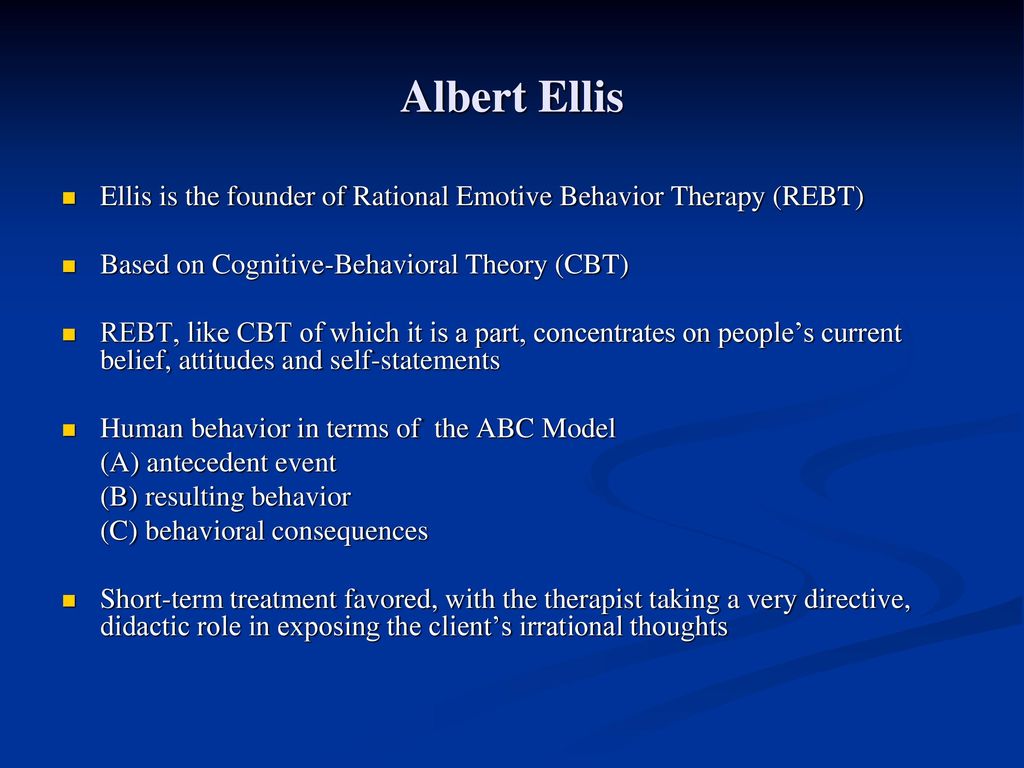 In addition, the attitude towards the created images is changing, self-confidence appears in terms of the ability to influence reality. When children participate in art therapy sessions, parents have an additional hope that the child himself will try to help himself, and not just wait for help from parents, doctors. nine0056
In addition, the attitude towards the created images is changing, self-confidence appears in terms of the ability to influence reality. When children participate in art therapy sessions, parents have an additional hope that the child himself will try to help himself, and not just wait for help from parents, doctors. nine0056 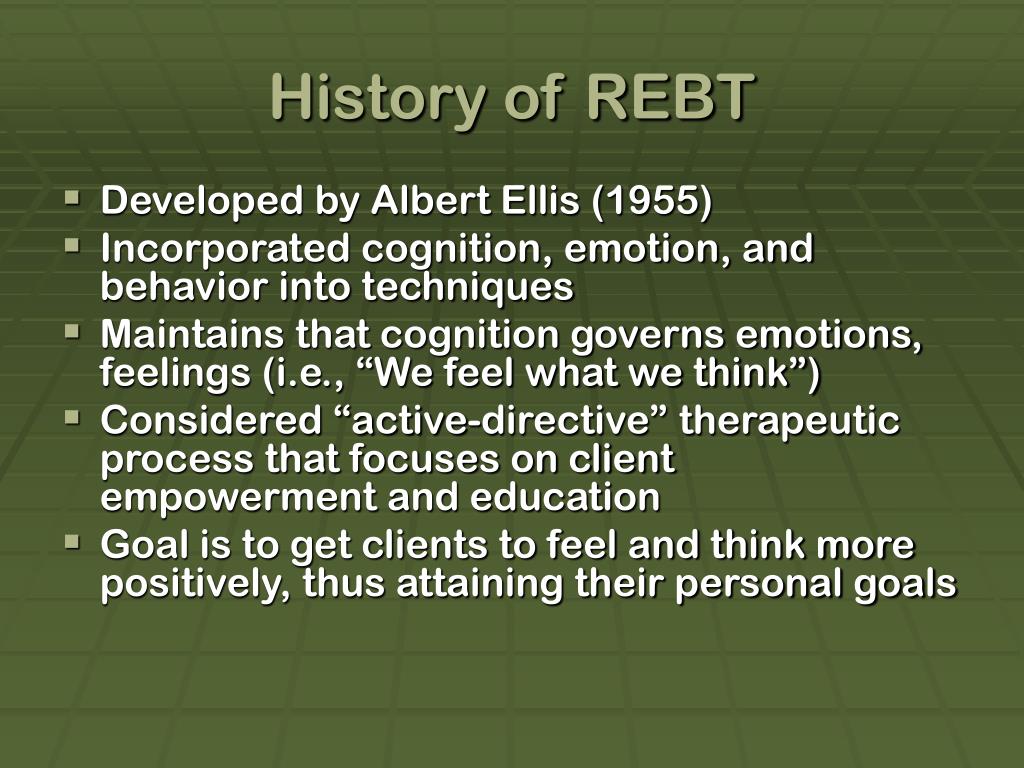 nine0056
nine0056 RU #KidsDrawPeace4Ukraine HOW TO DO IT
 The main goal is to give children who have experienced anxiety a positive experience, and then post their work as widely as possible on social networks. This is a continuation of the first stage, in which news editors for children in eight countries invite their audience to submit artwork with wishes of peace and love to Ukrainian children. nine0003
The main goal is to give children who have experienced anxiety a positive experience, and then post their work as widely as possible on social networks. This is a continuation of the first stage, in which news editors for children in eight countries invite their audience to submit artwork with wishes of peace and love to Ukrainian children. nine0003 MAIN IDEA
This approach is based on successful trial sessions with two groups of refugee children who have taken refuge in France: a group of children and their mothers in a refugee center and a mixed group of French and Ukrainian children at home. The goal was for the children to simultaneously have a positive experience of creating a personal souvenir and express their support for Ukraine through a project with children around the world. All participants agreed that the goal was achieved. nine0003
Additional information about the project (in English)
For whom it is
Participants will be:
- Ukrainian children with mothers
- joint groups of Ukrainian and local children
in pilot tests we had children aged four to 14, but the usual range was 7 to 11 years.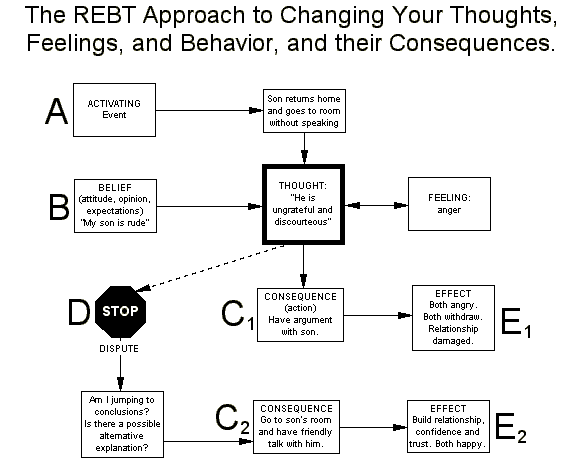
WHAT'S HAPPENING
Children have a choice of drawing tools and paper types, they know that their work is part of a global project and that their final drawing will be remembered and shared on social media. nine0003
NOT ART THERAPY
This is a modest project designed to give children a brief positive experience of awareness. This is NOT "art therapy" that explores a child's mental state with the help of a qualified therapist.
We call to support the Ukrainian voices of children, whose wonderful therapists since 2015 have been supporting war-affected children with the help of art.
WHEN TO DO IT
It is important to do this only after the children are in a safe haven, rested, fed regularly, and want to join the #KidsDrawPeace4Ukraine global project. We found the sessions to last just under an hour. nine0003
WHERE TO DO IT
Children need a quiet space with plenty of room to draw on tables or desks.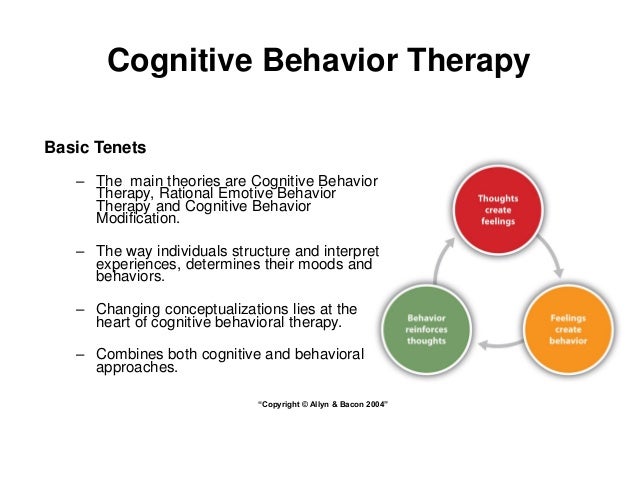 We did this at the refugee center and at home with groups of up to six children. Children can also work in the classroom or library.
We did this at the refugee center and at home with groups of up to six children. Children can also work in the classroom or library.
HOW TO: STEP 1
DOWNLOAD
Download a five-page set from Global Youth & News Media: three drawing sheets with frames donated by artists Anton Pavlenko and Muriel Hanney, a template for creating a cartoon story, and sample drawings for children from all over the world in support of Ukrainian children. nine0003
HOW TO: STEP 2
DRAWING SHEETS
The finished drawing will remain as a memory, so drawing sheets should be heavier than plain paper 80-90 grams (standard weight). Make enough copies so that each child can choose any frame or blank paper and make some drawings. Also have plenty of blank paper handy, as some children may prefer unframed sheets.
HOW TO: STEP 3
EXAMPLE PAGE
You just need to provide one sheet for each child in Ukrainian (on the left), with an example of a child's drawing from another country.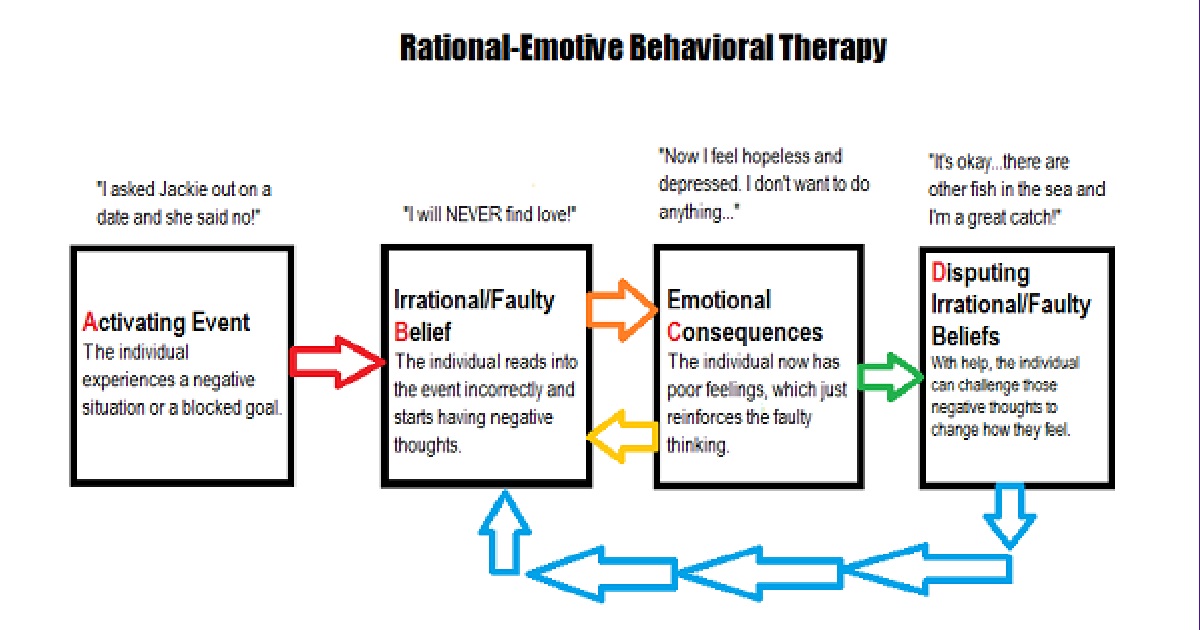 It can be standard weight paper. This is important because it clearly shows how many people in different countries worry about Ukrainian children.
It can be standard weight paper. This is important because it clearly shows how many people in different countries worry about Ukrainian children.
HOW TO: STEP 4
ART TOOLS
Provide as many options as your budget allows so kids can choose what they want to use: lots of packs of markers, crayons, and colored pencils (don't forget sharpeners and good erasers). Avoid smudged paint. Remember, the goal is for kids to have fun choosing their tools and then save their work if possible. If your budget allows, add a multifolio, folder, or envelope to protect your drawings. nine0003
HOW TO: STEP 5
TAKE 2 PHOTOS
Take at least two photos for each child: one with your favorite drawing (for moms) and one with the drawing itself (for publication). Label each drawing with the child's name (only), age, and country of origin.
HOW TO: STEP 6
PUBLISH
The main goal is to widely post children's drawings on social networks with the hashtag #KidsDrawPeace4Ukraine.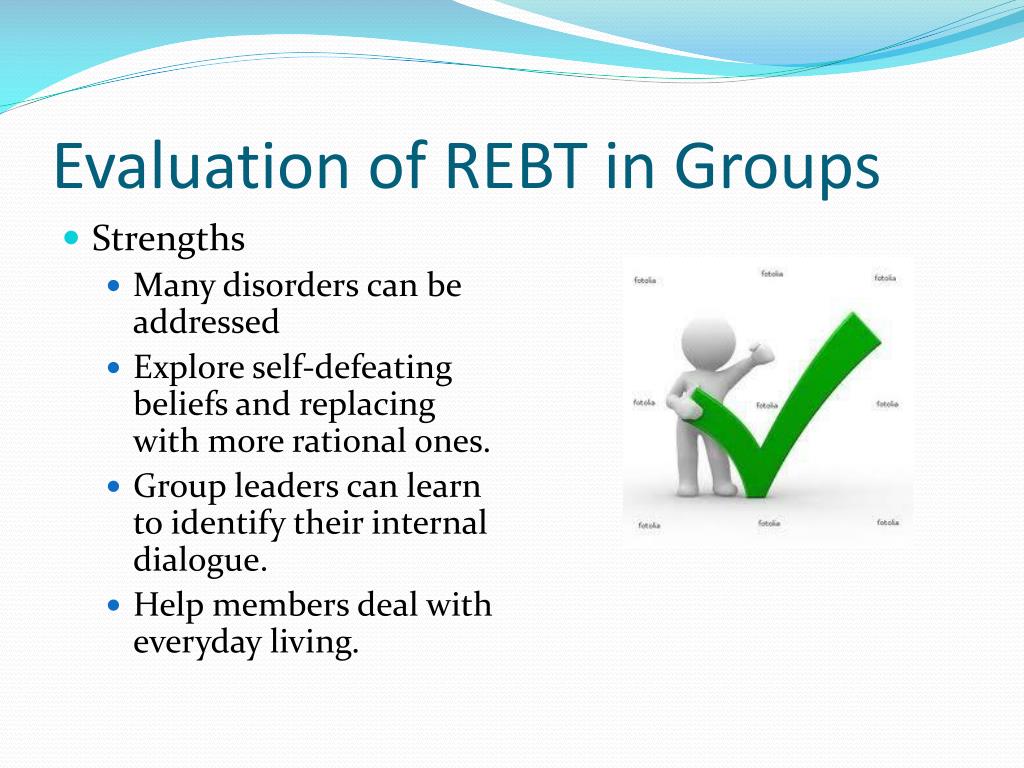 We know from many people that Ukrainian adults and children see them and really appreciate the efforts. Post only photos of drawings. Other photographs of the child's face are private and intended only for teachers, librarians or mothers. nine0003
We know from many people that Ukrainian adults and children see them and really appreciate the efforts. Post only photos of drawings. Other photographs of the child's face are private and intended only for teachers, librarians or mothers. nine0003
HOW TO: STEP 7
ORGANIZE A EXHIBITION and possibly a sale of drawings
If you are in a school, library or refugee centre, you can also display pictures on the walls, as we did here in France. You can also host a small drawing sale and donate the proceeds to Ukrainian Children's Voices.
We want to express our deep gratitude to the Ukrainian mother and teacher Oksana, who helped with our lesson at the refugee center. nine0003
HOW TO: STEP 8
OTHER OPTION
After you have finished posting on social media, you can send us your best photos along with any comments you would like to share about how it went on our page #KIdsDrawPeace4Ukraine. We do not disclose any personal information, including email addresses.
